WirelessHD Could Clip Cords in 2007
Tuesday, October 31st, 2006For all the advances in cool consumer gadgetry in the last decade — from Ipods to High Definition Television to the proliferation of satellite radio and television — there is one thing that keeps contemporary gadgets tethered to the past: their wires.
That may begin to change in the next year. CNET reports today that "several leading consumer electronics companies are expected to announce… that they are working together to develop a new standard for transmitting high-definition audio and video signals wirelessly."
The new standard is to be known as WirelessHD, "with the stated goal of enabling wireless connectivity for streaming HD content between source devices and high-definition displays."
From the CNET report:
Televisions are the "natural" application for [WirelessHD], said John Marshall, president of WirelessHD. Eventually the technology will make its way into adapters for source devices like notebook PCs, digital video recorders, HD disc players, digital audio players and digital cameras. Because it does not compress the digital video, the experience will be the same as using a high-definition multimedia interface (HDMI) or digital video interface (DVI) cable, he said.
The specification will maintain high-quality video, ensure the interoperability of CE devices, protect from signal interference and use existing content protection techniques, Marshall said.
WirelessHD will use the unlicensed 60GHz radio frequency band to send uncompressed HD video and audio at 5 gigabits per second at distances of up to 30 feet, or within one room of a house. While most other wireless audio and video transmissions occur in the 2.4GHz-to-5GHz range, WirelessHD says neither will allow the fast transmition speeds required for high-definition content.
WirlessHD will rely upon the new 802.11n WLAN system, which is supported by… well, just about everybody. (Check out the Enhanced Wireless Consortium for a list of companies that are working together to accelerate the development process of 802.11n.)
Among consumer electronics companies that are already releasing products capable of interoperability with the draft specifications is Apple, new line of Intel Core 2 Duo-based iMacs sport AirPort cards capable of supporting 802.11n, "which supports connection speeds of up to 540Mbps, or a 10-fold increase compared to existing 802.11g networks," according to Think Secret.
Speaking of Apple — rumors persist that the company is set to unveil both a 50 inch monitor and the new iPhone in January.
But will we need to connect them with cords?
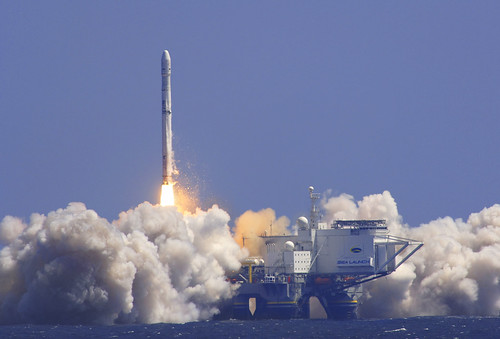
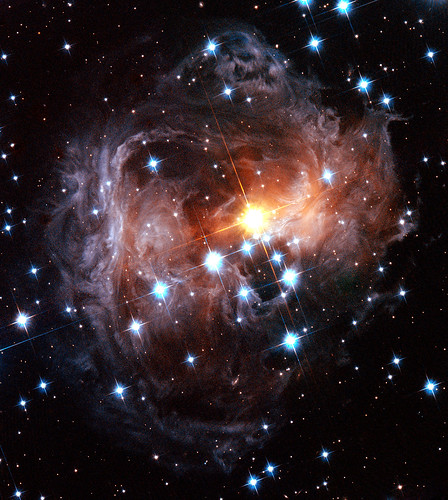
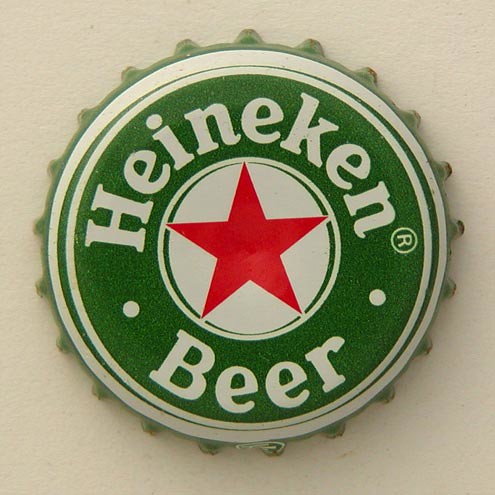 Germany or bottle of the
Germany or bottle of the 
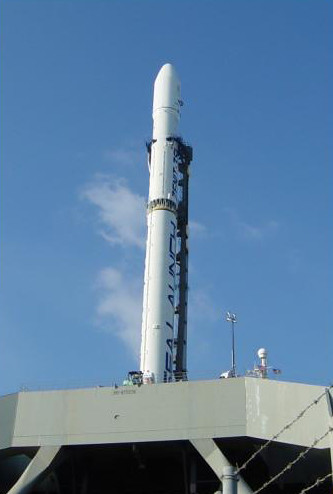

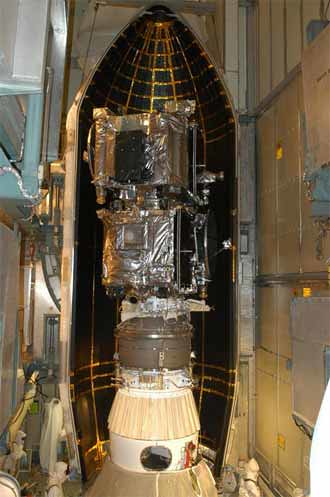
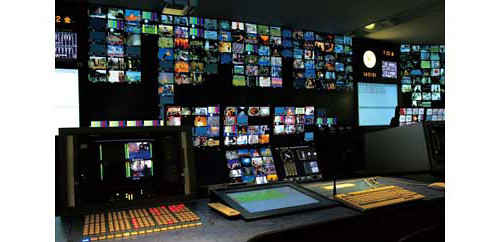
 started up its own IPTV service,
started up its own IPTV service, 
